#导入工具包
from collections import OrderedDict
import numpy as np
import argparse
import dlib
import cv2#https://ibug.doc.ic.ac.uk/resources/facial-point-annotations/
#http://dlib.net/files/# 参数
ap = argparse.ArgumentParser()
ap.add_argument("-p", "--shape-predictor", required=True,help="path to facial landmark predictor")
ap.add_argument("-i", "--image", required=True,help="path to input image")
args = vars(ap.parse_args())FACIAL_LANDMARKS_68_IDXS = OrderedDict([("mouth", (48, 68)),("right_eyebrow", (17, 22)),("left_eyebrow", (22, 27)),("right_eye", (36, 42)),("left_eye", (42, 48)),("nose", (27, 36)),("jaw", (0, 17))
])FACIAL_LANDMARKS_5_IDXS = OrderedDict([("right_eye", (2, 3)),("left_eye", (0, 1)),("nose", (4))
])def shape_to_np(shape, dtype="int"):# 创建68*2coords = np.zeros((shape.num_parts, 2), dtype=dtype)# 遍历每一个关键点# 得到坐标for i in range(0, shape.num_parts):coords[i] = (shape.part(i).x, shape.part(i).y)return coordsdef visualize_facial_landmarks(image, shape, colors=None, alpha=0.75):# 创建两个copy# overlay and one for the final output imageoverlay = image.copy()output = image.copy()# 设置一些颜色区域if colors is None:colors = [(19, 199, 109), (79, 76, 240), (230, 159, 23),(168, 100, 168), (158, 163, 32),(163, 38, 32), (180, 42, 220)]# 遍历每一个区域for (i, name) in enumerate(FACIAL_LANDMARKS_68_IDXS.keys()):# 得到每一个点的坐标(j, k) = FACIAL_LANDMARKS_68_IDXS[name]pts = shape[j:k]# 检查位置if name == "jaw":# 用线条连起来for l in range(1, len(pts)):ptA = tuple(pts[l - 1])ptB = tuple(pts[l])cv2.line(overlay, ptA, ptB, colors[i], 2)# 计算凸包else:hull = cv2.convexHull(pts)cv2.drawContours(overlay, [hull], -1, colors[i], -1)# 叠加在原图上,可以指定比例cv2.addWeighted(overlay, alpha, output, 1 - alpha, 0, output)return output# 加载人脸检测与关键点定位
detector = dlib.get_frontal_face_detector()
predictor = dlib.shape_predictor(args["shape_predictor"])# 读取输入数据,预处理
image = cv2.imread(args["image"])
(h, w) = image.shape[:2]
width=500
r = width / float(w)
dim = (width, int(h * r))
image = cv2.resize(image, dim, interpolation=cv2.INTER_AREA)
gray = cv2.cvtColor(image, cv2.COLOR_BGR2GRAY)# 人脸检测
rects = detector(gray, 1)# 遍历检测到的框
for (i, rect) in enumerate(rects):# 对人脸框进行关键点定位# 转换成ndarrayshape = predictor(gray, rect)shape = shape_to_np(shape)# 遍历每一个部分for (name, (i, j)) in FACIAL_LANDMARKS_68_IDXS.items():clone = image.copy()cv2.putText(clone, name, (10, 30), cv2.FONT_HERSHEY_SIMPLEX,0.7, (0, 0, 255), 2)# 根据位置画点for (x, y) in shape[i:j]:cv2.circle(clone, (x, y), 3, (0, 0, 255), -1)# 提取ROI区域(x, y, w, h) = cv2.boundingRect(np.array([shape[i:j]]))roi = image[y:y + h, x:x + w](h, w) = roi.shape[:2]width=250r = width / float(w)dim = (width, int(h * r))roi = cv2.resize(roi, dim, interpolation=cv2.INTER_AREA)# 显示每一部分cv2.imshow("ROI", roi)cv2.imshow("Image", clone)cv2.waitKey(0)# 展示所有区域output = visualize_facial_landmarks(image, shape)cv2.imshow("Image", output)cv2.waitKey(0)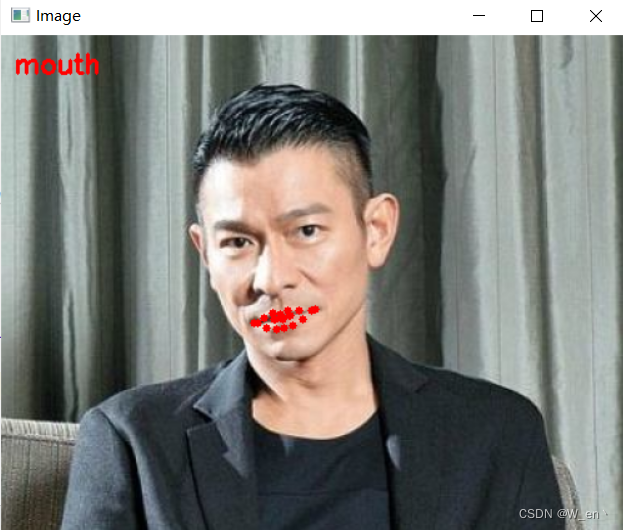
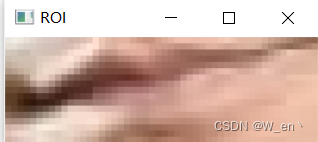
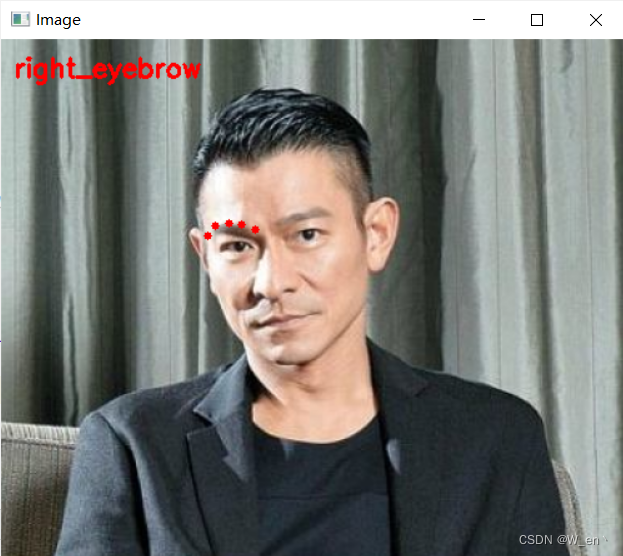
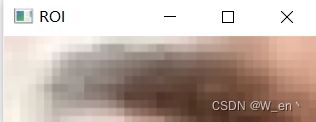

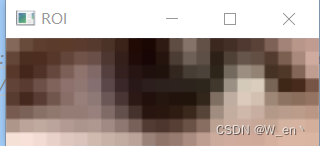
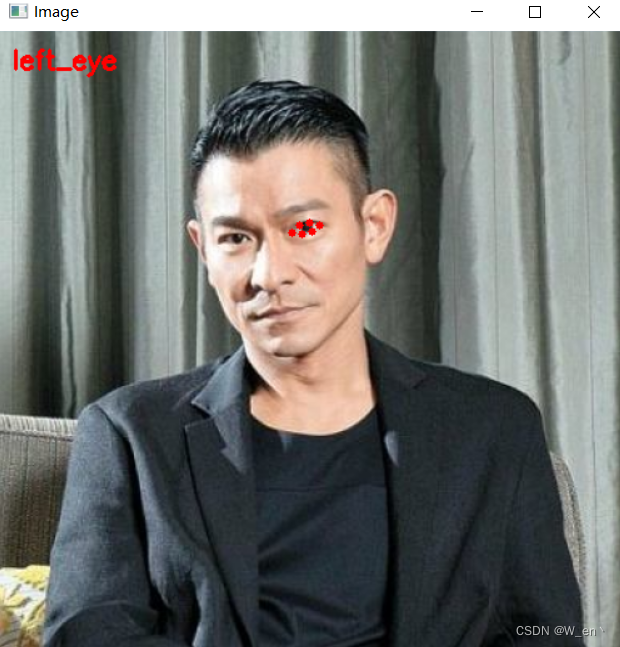
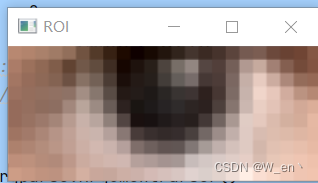

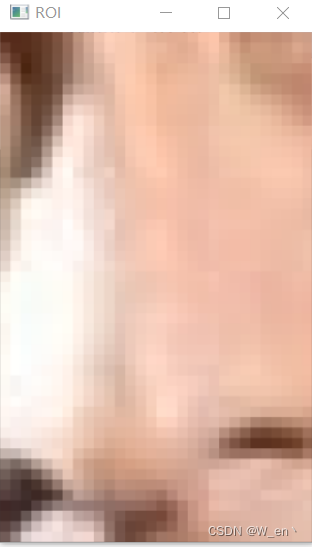


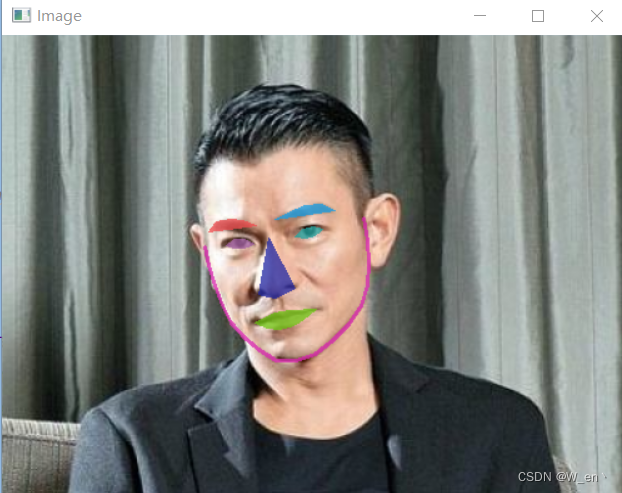





)












)
)